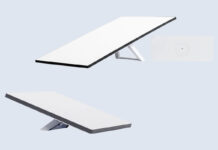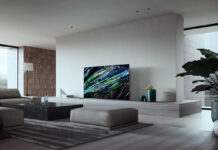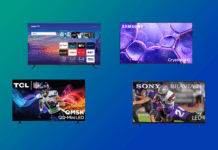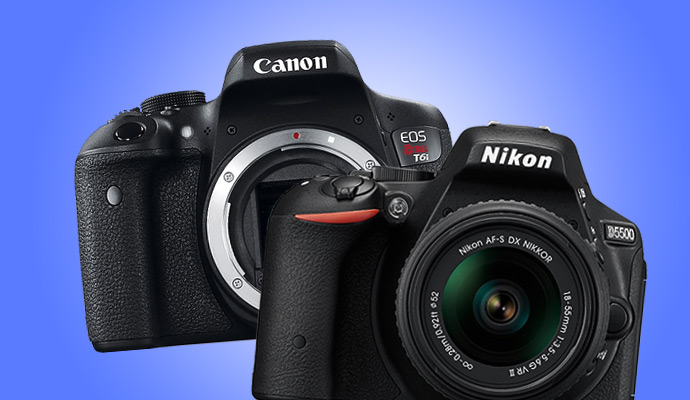
Nikon and Canon have both announced new additions to their entry-level DSLR offerings in recent weeks. And at first glance, the Nikon D5500 and the Canon Rebel T6i look like pretty similar cameras in terms of the specifications. But are there any real and discernable differences between these two very capable units? Today I’m going to sift through the available data and see what I can decipher.
Forget Image Quality
First of all I want to get the whole image quality question out of the way: I’m not even going to discuss which of these two models makes better images. Aside from the fact that the choice and quality of lens has a major bearing on the final result, I believe that the latest models from the various manufacturers with similar sized sensors will yield essentially the same quality of image. What will differentiate cameras are the functions they offer, their ergonomics, and (for want of a better phrase) their ease-of-use.
|
Sensor size format |
APS-C |
APS-C (DX) |
|
ISO |
100-12800 |
100-25600 |
|
Video frame rate |
30 fps |
60 fps |
|
Megapixels |
24.2 |
24.2 |
|
Auto focus points |
19 cross-type |
9 cross-type (39 total) |
|
LCD |
3.0 inch touch |
3.2 inch touch |
|
Body colour |
Black |
Black or red |
|
Weight |
565 grams |
420 grams |
|
Battery life |
550 shots |
820 shots |
Lots Of Similarities
Both the D550 and the T6i carry essentially an APS-C sized sensor, which is smaller than the full-frame sensor preferred by many professional photographers, but significantly bigger than the sensor in the average point-and-shoot or camera phone. (Nikon calls their sensor format ‘DX’, and it’s actually a fraction bigger than APS-C). Both cameras have 24.2 megapixels. Both come with built-in Wi-Fi capabilities which allow you to shoot-and-share in an instant, and also a touchscreen, which is a pretty new feature for DSLRs by either Canon or Nikon. In fact the D5500 is the first Nikon DSLR to carry a touchscreen. In both cases the LCD screen is of the vari-angle type which allows you to twist and rotate it to your heart’s content. In terms of continuous shooting speed it’s a dead heat: 5 frames per second.
So as you can see, not a whole lot separating the D5500 and the T6i so far. In fact, I could probably go on mentioning all the similarities between the two cameras, but that’s not what you came here for, right? So let’s get to the good stuff.
Maximum ISO
One of the first things I noticed is the maximum ISO ratings. The T6i offers 100-12800, expandable to 25600. What this means is that Canon has provided the functionality to shoot at 25600, but you need to change the camera set-up to do so. My reading of this is that Canon doesn’t really want you to shoot at 25600, because the image quality will be so dodgy. The D5500 offer ISO 100-25600 right of the box, so I take it that Nikon feels confident that the image quality at 25600 is acceptable.
Video Frame Rates
If you’re interested in shooting video, it may interest you to know that the D5500 has a bit of an advantage in this department too. While both cameras are capable of shooting full HD video, the maximum frame rate while shooting full HD on the T6i is 30fps, whereas the D5500 can shoot full HD at 60fps. The advantage that gives you is that you can create proper slow motion video (not in the same league as the GoPro Hero4 it has to be said, which can shoot full HD at a blazing 120fps!).
Focus Points
Ok, that’s two plus points for the Nikon, so let’s show Canon some love; the T6i has 19 cross-type focus points, compared to just 9 on the D5500. Cross-type focus points are significantly more accurate than the regular type. The Nikon does have 30 of the regular type in addition to the 9 cross-type, but personally I’d lean towards a set-up with 19 cross-type like the T6i, as I would expect to get better autofocus performance.
Battery Life
One of my big concerns with any camera is battery life, and indeed this is one area where DSLRs still have a major advantage over mirrorless cameras; they give you significantly more shots per charge. According to the specs (and obviously the exact number will vary) the most shots you can get from the T6i, using just the viewfinder, is 550. The D5500 however is capable of delivering up to 820 shots, which is a pretty massive difference, and one I would hard to ignore.
Size And Weight
In terms of ergonomics, the D5500 is a smaller, lighter camera, weighing in at 420 grams compared to the T6i at 565 grams. Not everybody is going to prefer a smaller camera it has to be said, as some people (particularly those with larger hands) like their cameras to have a little more heft, as it were. In terms of pocketability, however, this round goes to the D5500.
I also notice, by the way, that the D5500 is designed to allow you to get your fingers further around the grip which will almost definitely make it easier to handle.
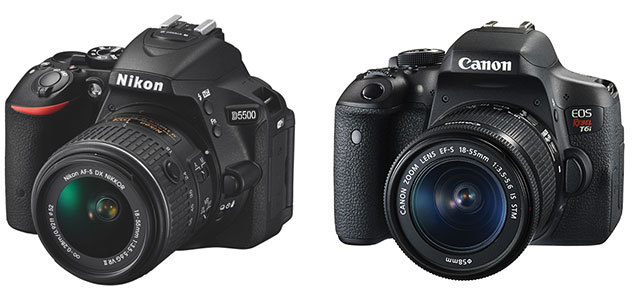
The Nitty-Gritty
Now we’re getting down to the real nitty-gritty, those very specific differences that for most people may not be worth mentioning, but for others, one of these be a deal-maker or a deal breaker.
- The D5500 comes in two colours; black and red. The T6i comes in black only.
- The D5500 is capable of timelapse shooting whereby the camera will automatically take a shot at regular intervals.
- The T6i diopter is capable of compensating for vision deficiencies from -3.0 to +1, whereas the D5500 can only compensate from -1.7 to +0.5.
- The T6i is capable of printing wirelessly direct from the camera, because on top of the Wi-Fi capabilities it also has NFC, which also allows you to easily connect to a NFC enabled smartphones.
In-Camera Editing
The D5500 also offers a host of in-camera post-processing options, which I am personally a big fan of, because I love to have the option to play around with my images while I’m taking a coffee break during a street photography session. You can crop, straighten, correct red-eye, change the white balance, apply filters, even do a quick retouch on your portraits! I’m really intrigued to see how far Nikon has gone in allowing you to use the touchscreen to selectively edit your images.
So all in all I’m seeing a lot of plus points for the Nikon D5500 over the Canon T6i. It has to be said however that there’s no substitute for actually using a camera, it’s the only way to accurately judge that ease-of-use factor that I mentioned earlier.

